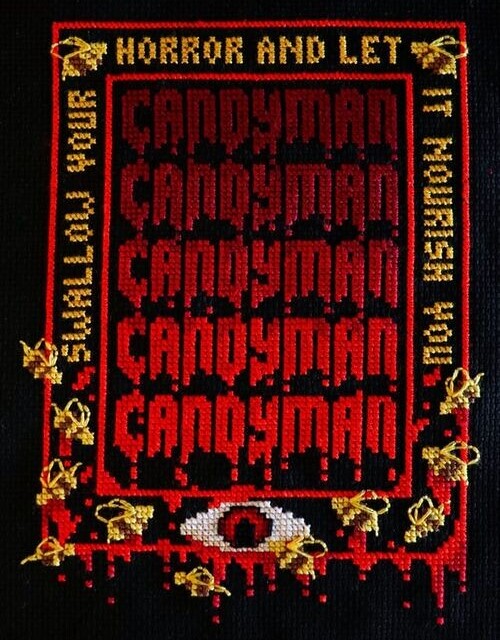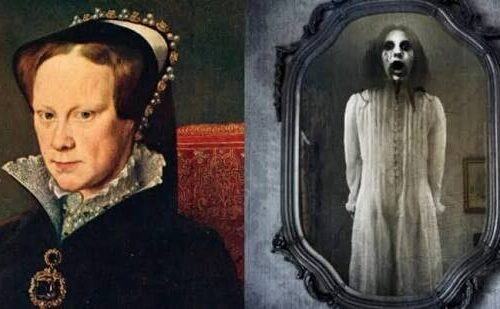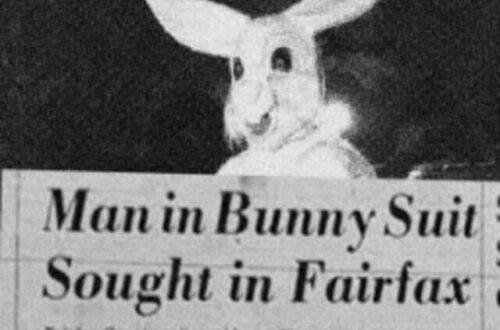The Candyman urban legend centers on a supernatural figure who appears when his name is spoken five times into a mirror, a ritual inspired by urban legends like Bloody Mary.
The character, Daniel Robitaille, is a fictional African-American man born to an enslaved woman in the late 1800s, who was a gifted artist and fell in love with a white woman, Caroline Sullivan, resulting in her pregnancy.
Her father, enraged by the interracial relationship, organized a lynch mob that brutally murdered Robitaille by sawing off his right hand, covering his body in honey, and allowing bees to sting him to death.
His body was reportedly burned, and his ashes scattered at the site of the future Cabrini-Green public housing development in Chicago.


The legend evolved from Clive Barker’s 1985 short story “The Forbidden,” which introduced the character as a white man with yellowish skin and long blonde hair, but the film adaptation by Bernard Rose in 1992 reimagined him as a Black man, with Tony Todd portraying the role.
The 1992 film follows graduate student Helen Lyle, who investigates the legend and, despite her skepticism, summons Candyman by chanting his name five times in front of a mirror, leading to a series of murders and her own tragic fate.
The 2021 reboot, directed by Nia DaCosta, expands the mythology, suggesting Candyman is not a single entity but a collective manifestation of systemic racism and historical violence, with multiple individuals taking on the role across generations, including Anthony McCoy, a character whose name references real-life victim Ruthie Mae McCoy.
While the specific story of Daniel Robitaille is fictional, the legend draws on real historical injustices, including racial violence, police neglect, and the mistreatment of Black individuals, particularly those with mental health issues.
The case of Ruthie Mae McCoy, a Black woman who repeatedly called police claiming someone was entering her apartment through her bathroom mirror and was later murdered, is cited as a real-life inspiration for the legend’s modern iteration.
The Candyman myth also incorporates elements from other urban legends, such as the Hookman and Bloody Mary, and reflects broader societal fears related to race, class, and systemic neglect.
If you have any questions or comments, please leave them down below and I would be happy to help out.




